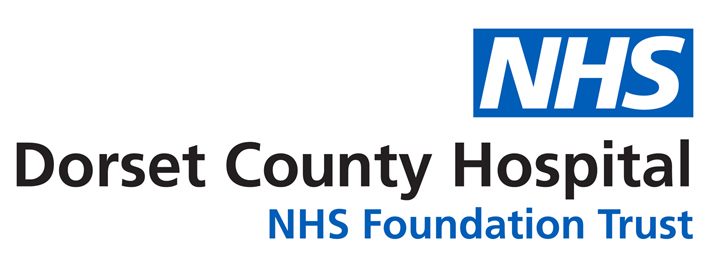Your Visit to the Emergency Department
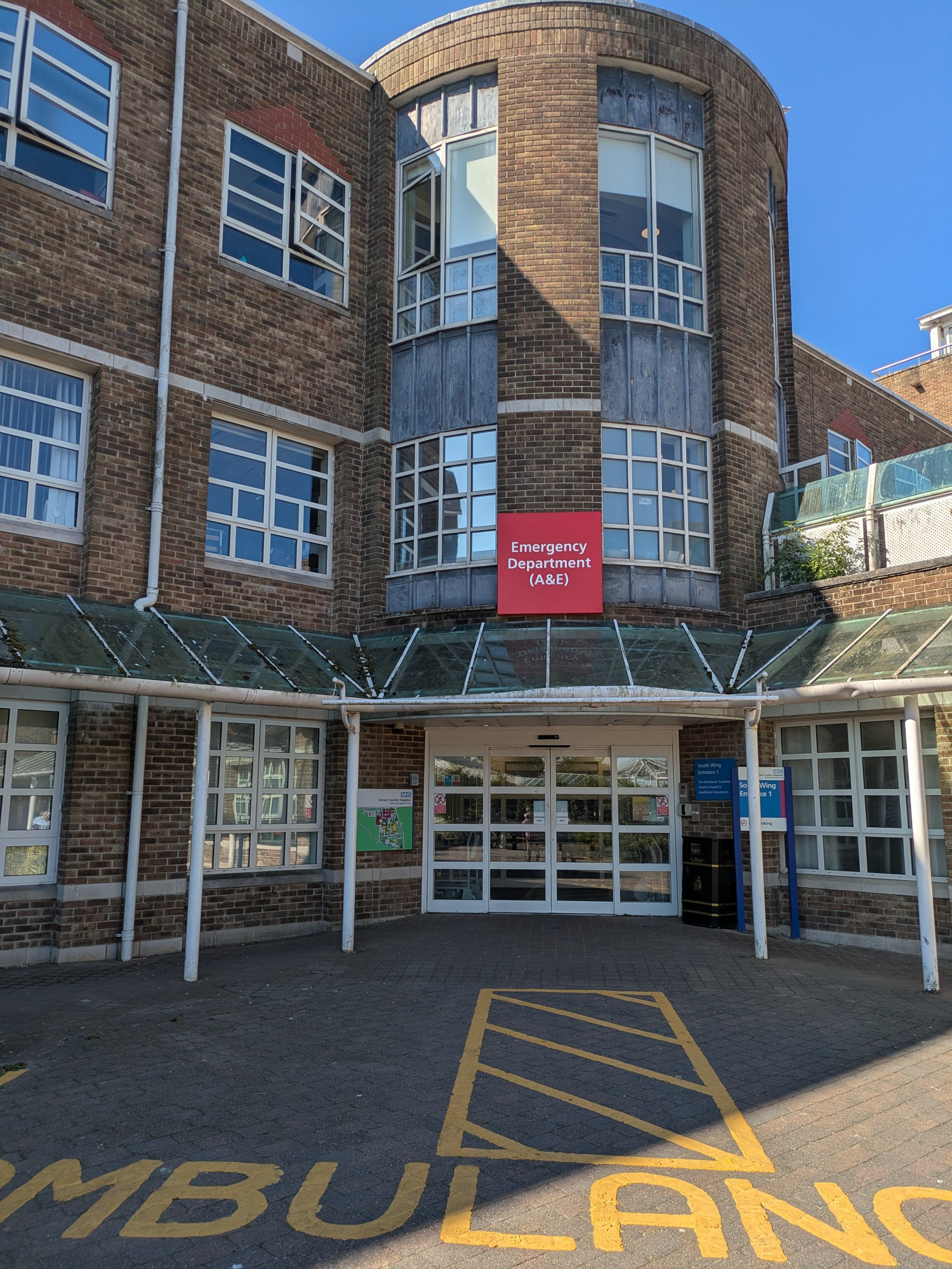
This leaflet explains what you need to know about visit our Emergency Department.
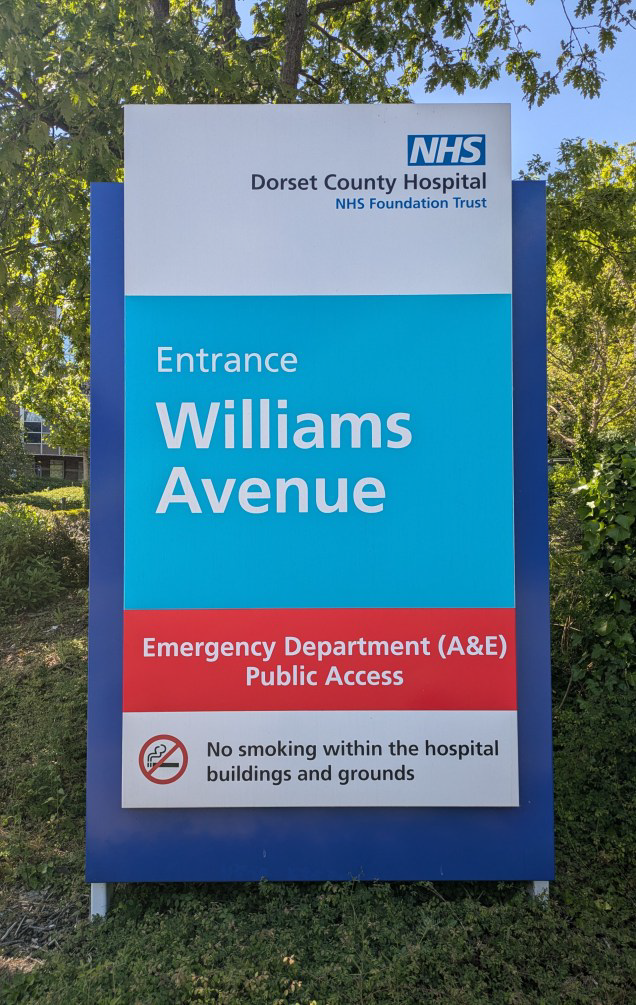
The Emergency Department is at the hospital It is for people who need healthcare very quickly, people who have hurt themselves, or are really unwell.
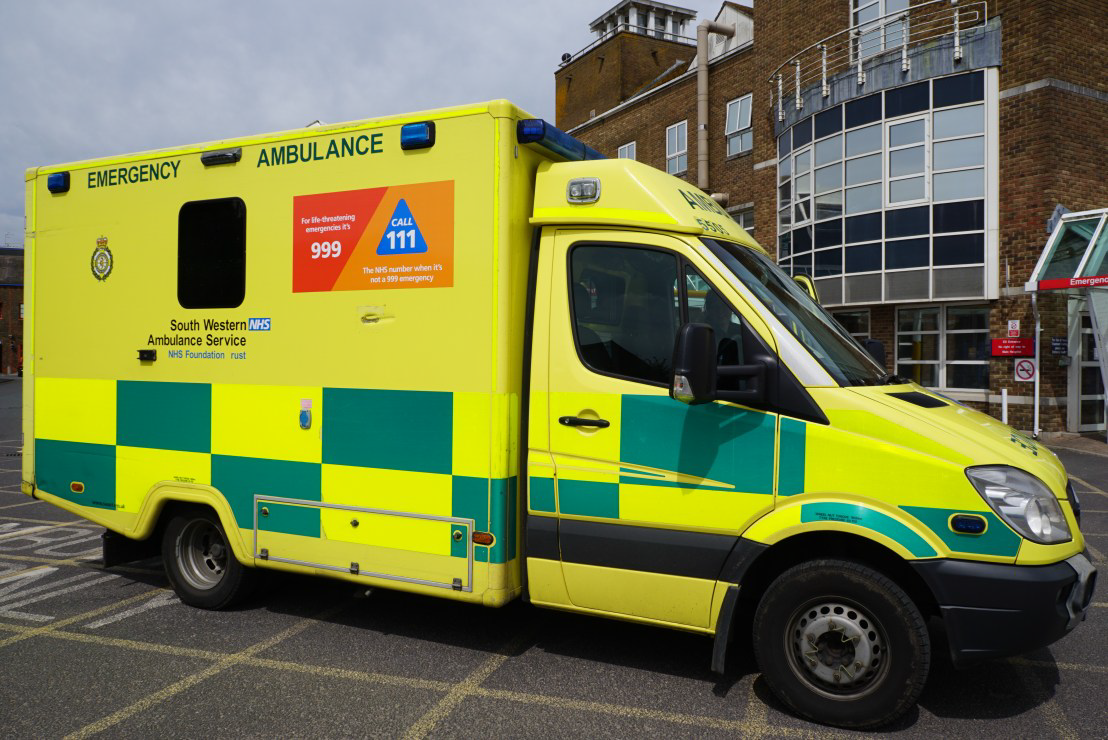
If you are hurt badly or are really unwell, you may need to go to hospital in an ambulance.
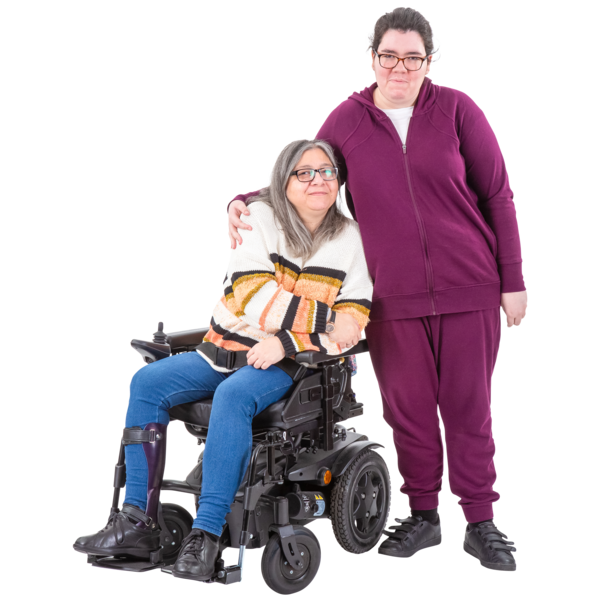
You may come by car with a carer or family member.
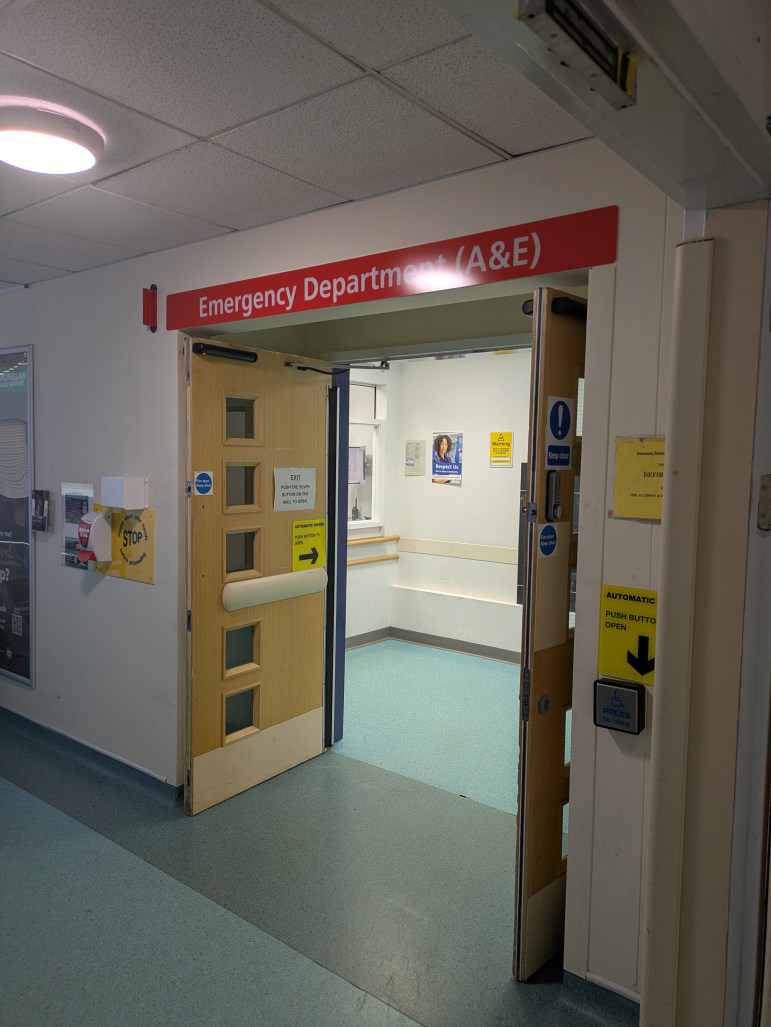
When you get to the hospital you will go to the reception desk.
The person at reception will ask you:
- Your name
- Your address
- Your date of birth.
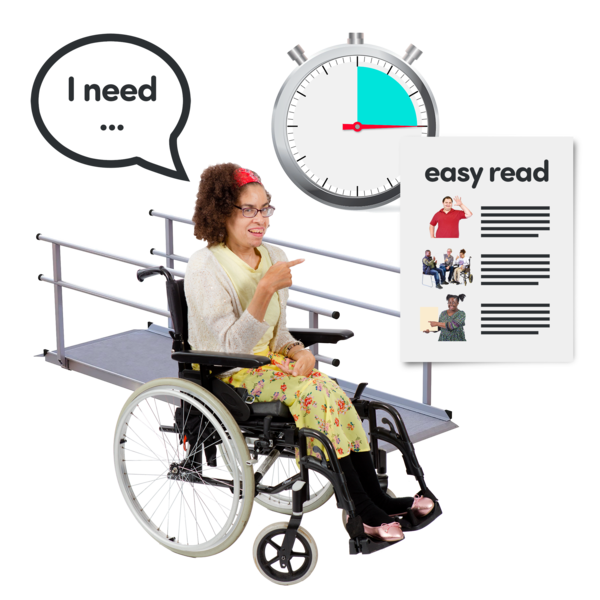
Let them know if you need any ‘reasonable adjustments’.
Things like:
- Help with communication
- If you get very scared
- If you need a quiet space to wait.

Remember to bring your ‘This Is Me, My Care Passport’ if you have one or your ‘Yellow Health Book’.
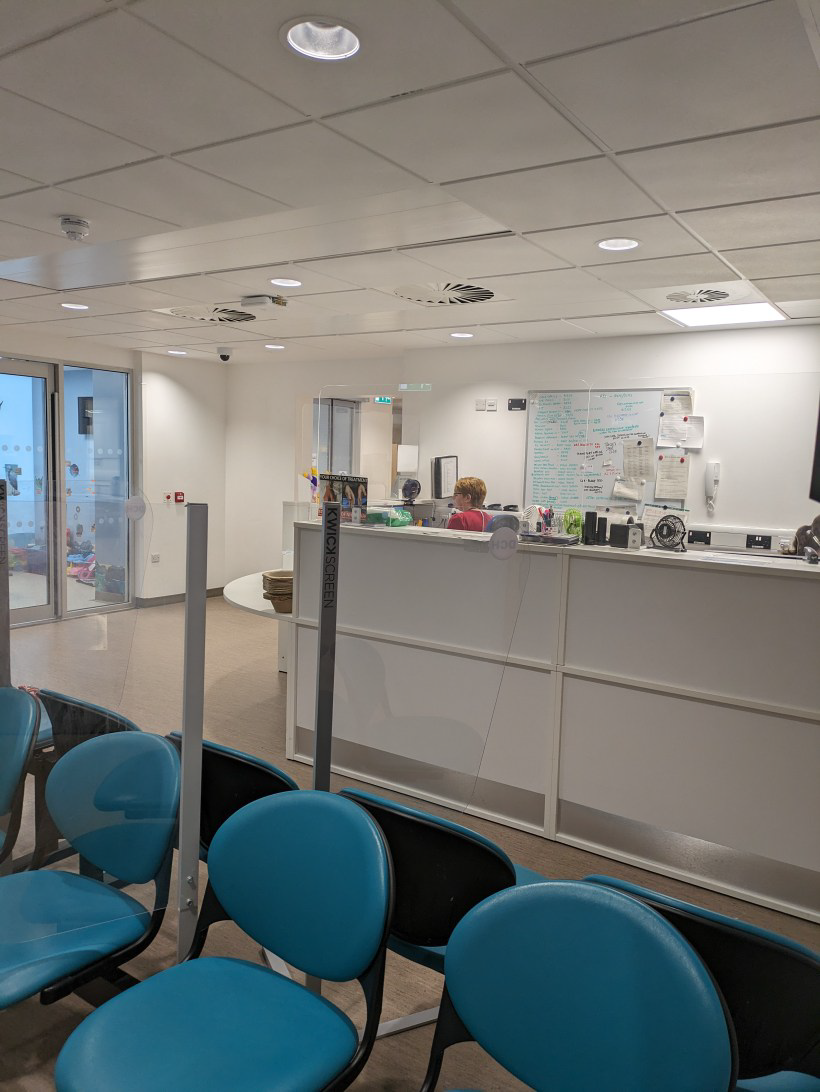
The person at reception will then tell you where to wait to be seen.
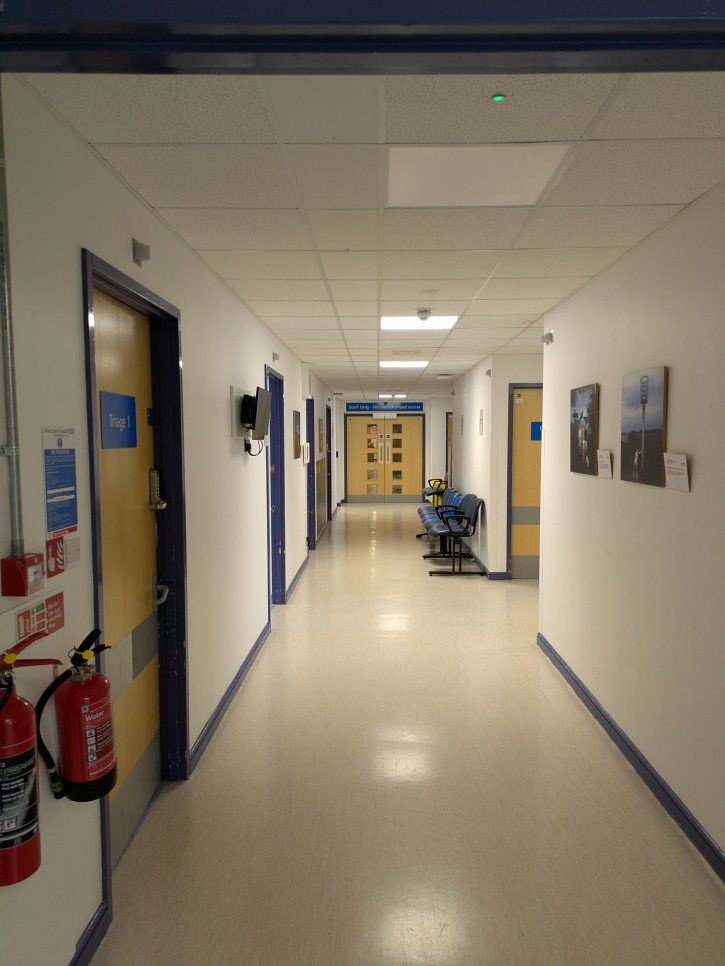
This area can get quite busy.
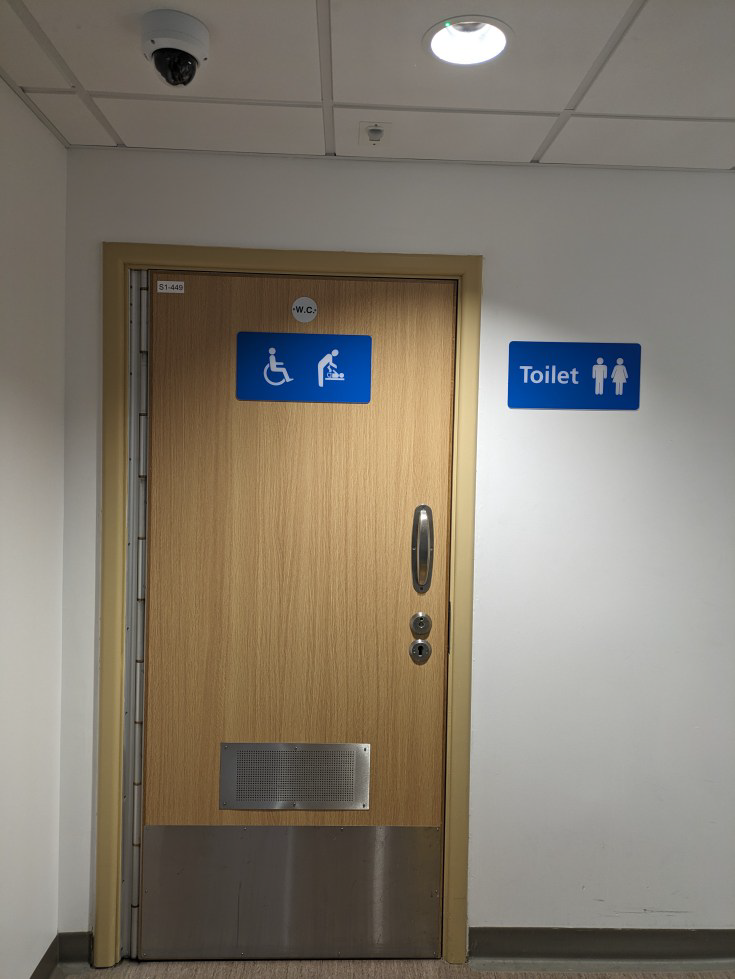
Don’t worry, there are toilets in the main waiting room.
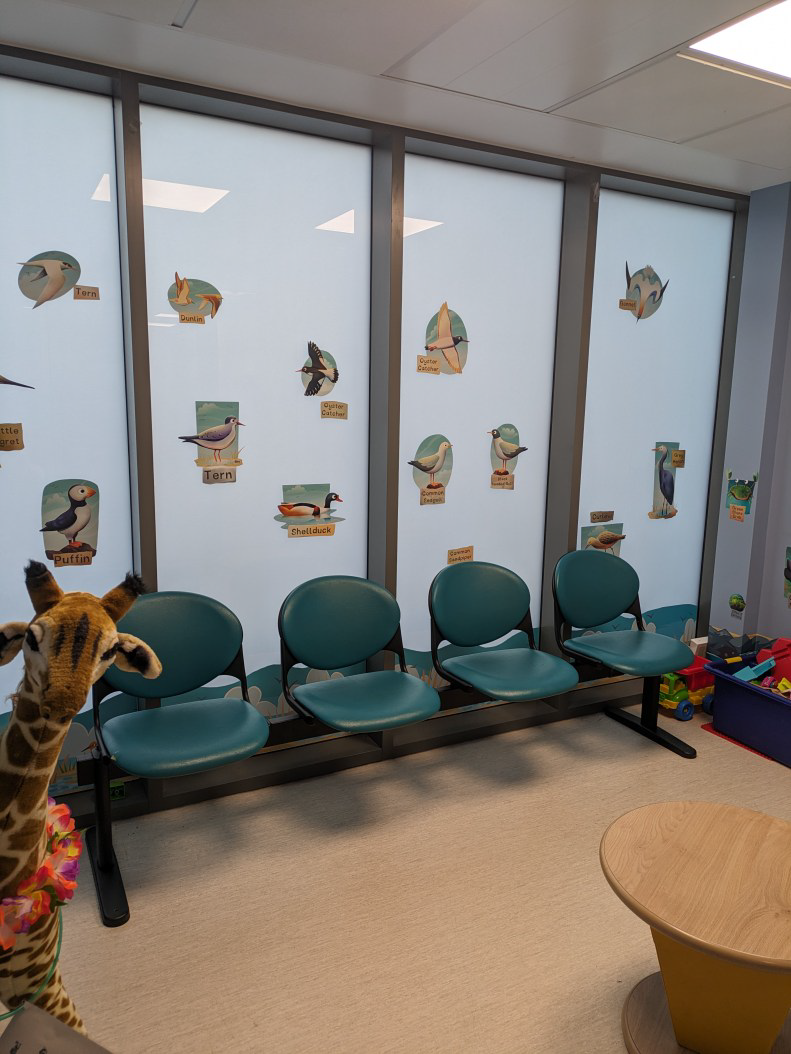
There is a children’s waiting area that has toys and books.

There is a quiet space in the department. Please ask at reception or a nurse in charge if this space is available.
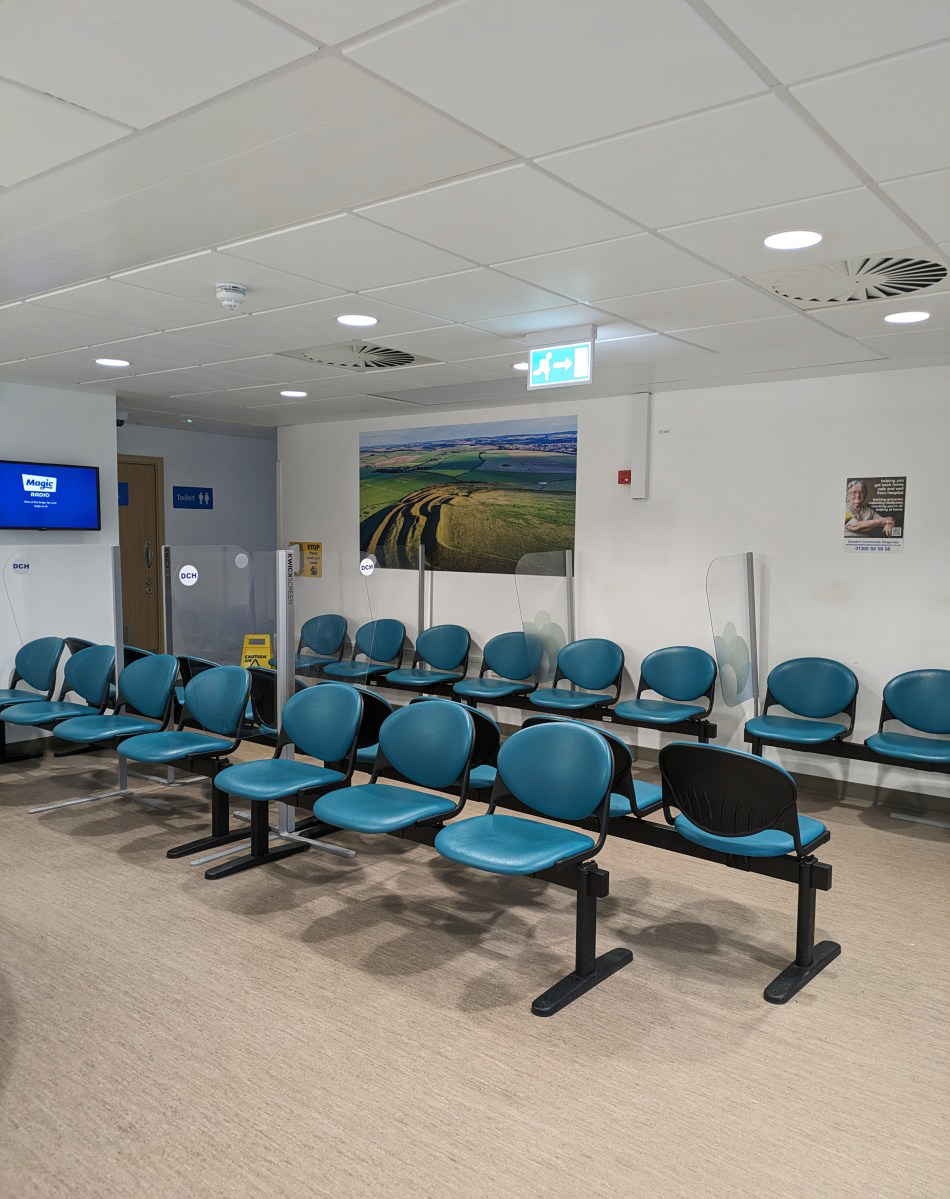
If you need some more tests or need to see someone else, the nurse may ask you to wait in the waiting room.
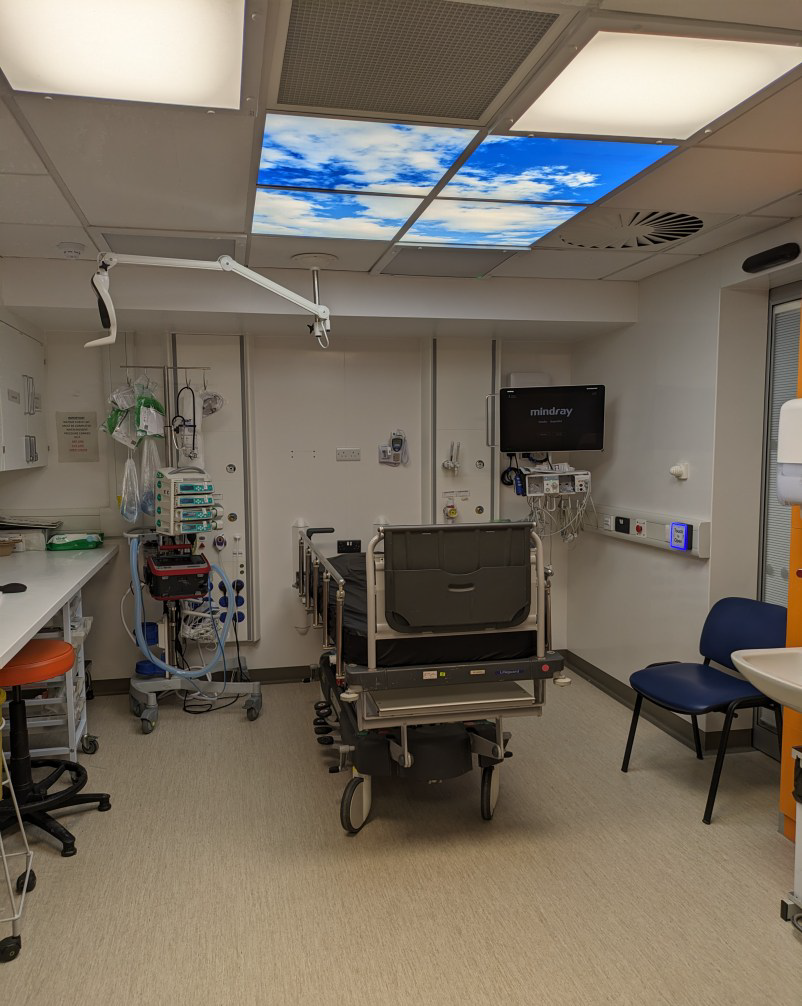
If you come by ambulance or are very unwell the nurse may take you straight to a treatment room.
A doctor will examine and treat you.
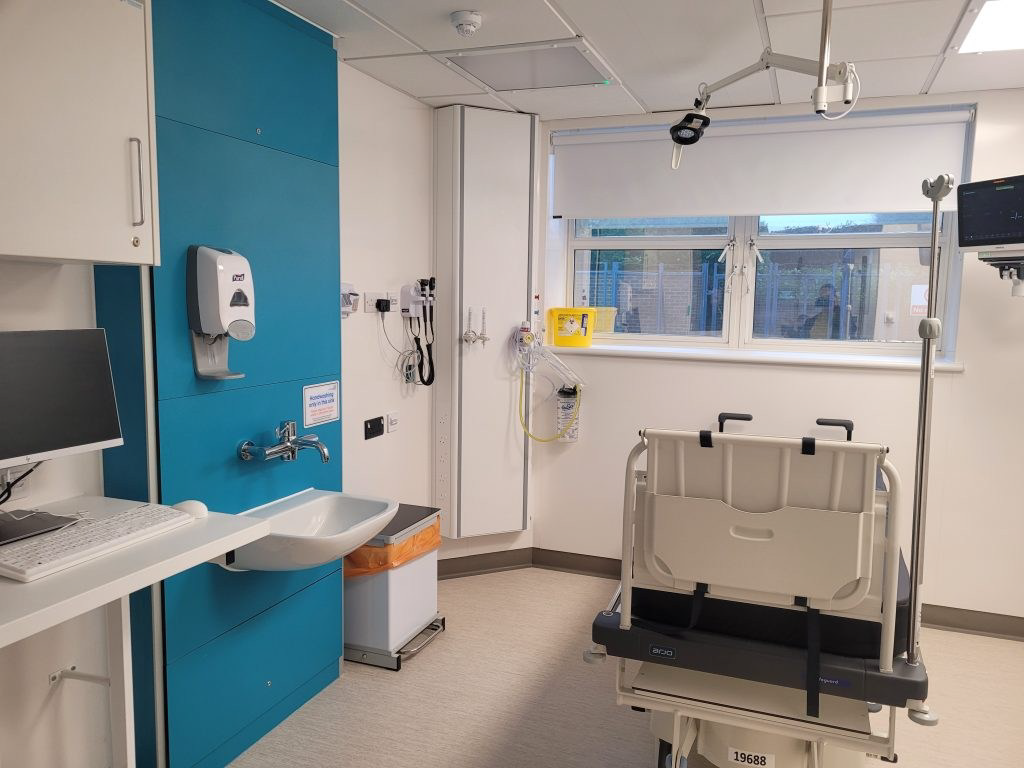
If you have been waiting, the nurse will call you when it is your turn and will take you to a treatment room.
You might have some tests like a blood test or they might treat a wound.
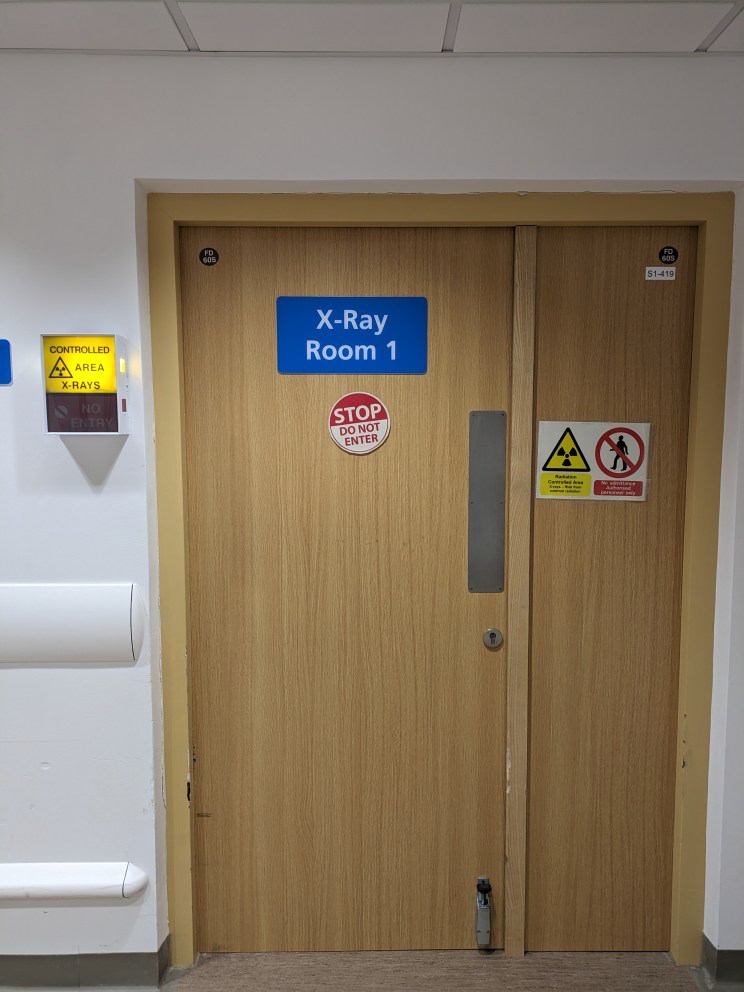
If you need an X-ray, a member of staff will show you where to wait.
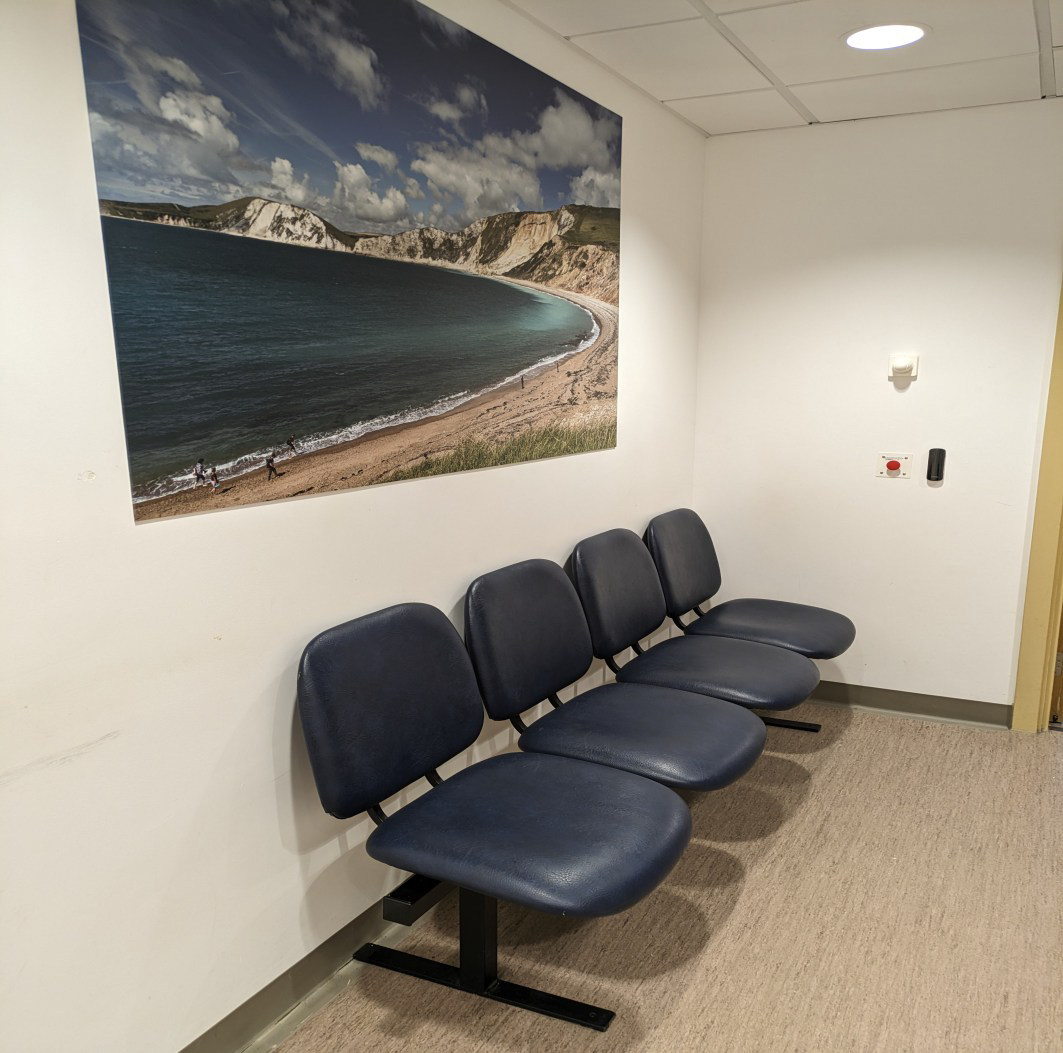
There is a small waiting area outside of the X-ray room. A member of the X-ray team will call you through from here.
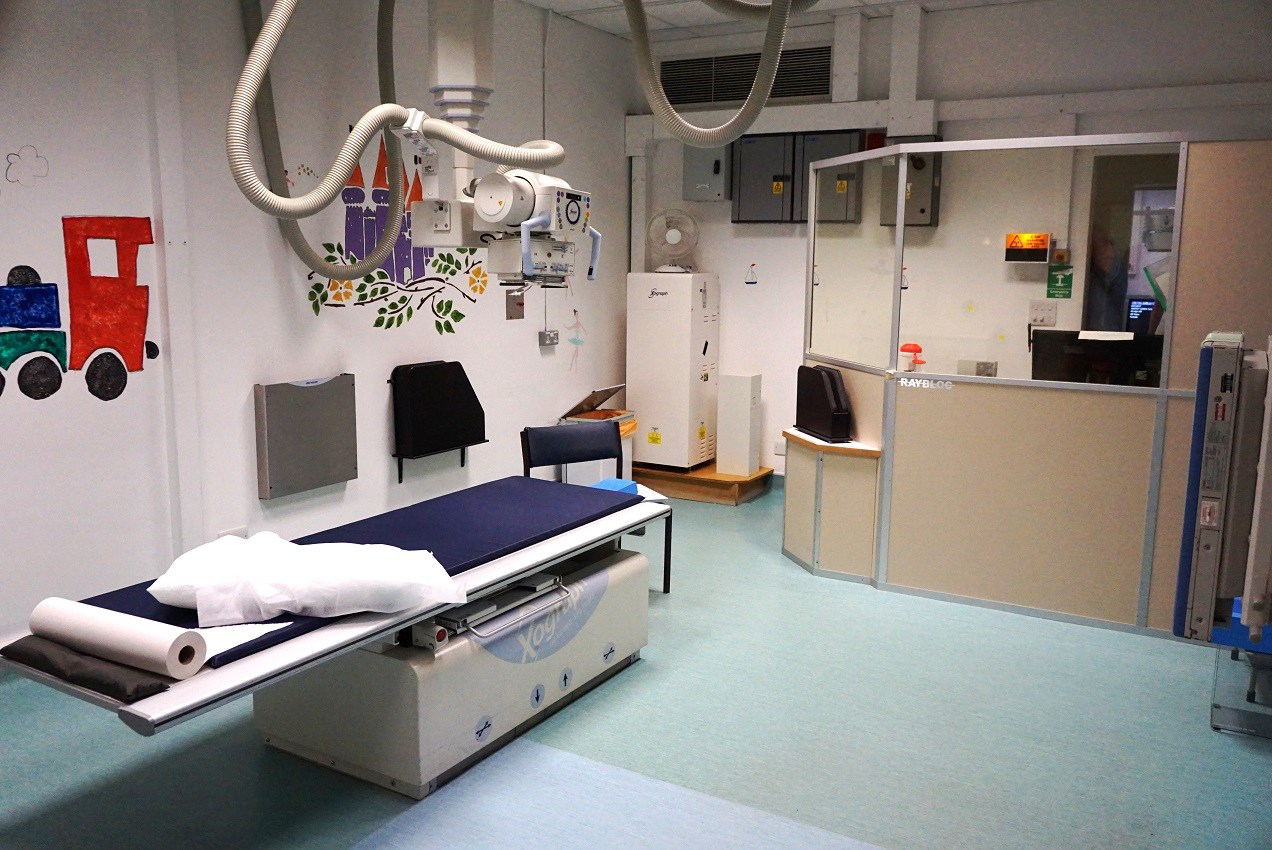
Let them know if you are scared or unsure of what will happen.
After the X-ray you may be asked to wait in the waiting room again until the doctor can give you the results.
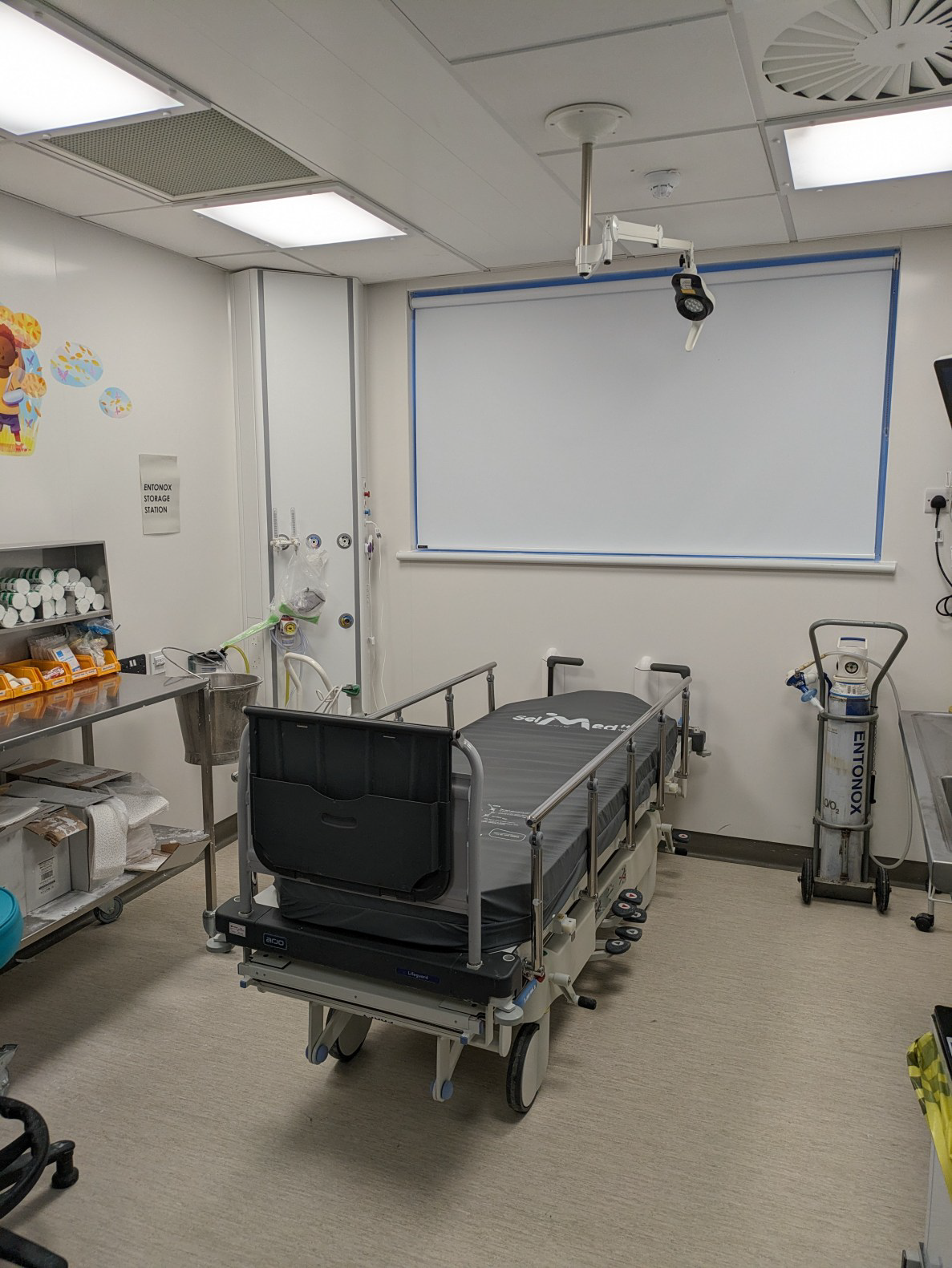
If you have broken a bone, you may need to have a plaster cast put on. This is done in the plaster room.
The plaster technician or nurse will explain what you need to do to look after your plaster cast
Remember to ask any questions before you leave.
They will give you a leaflet to take home.
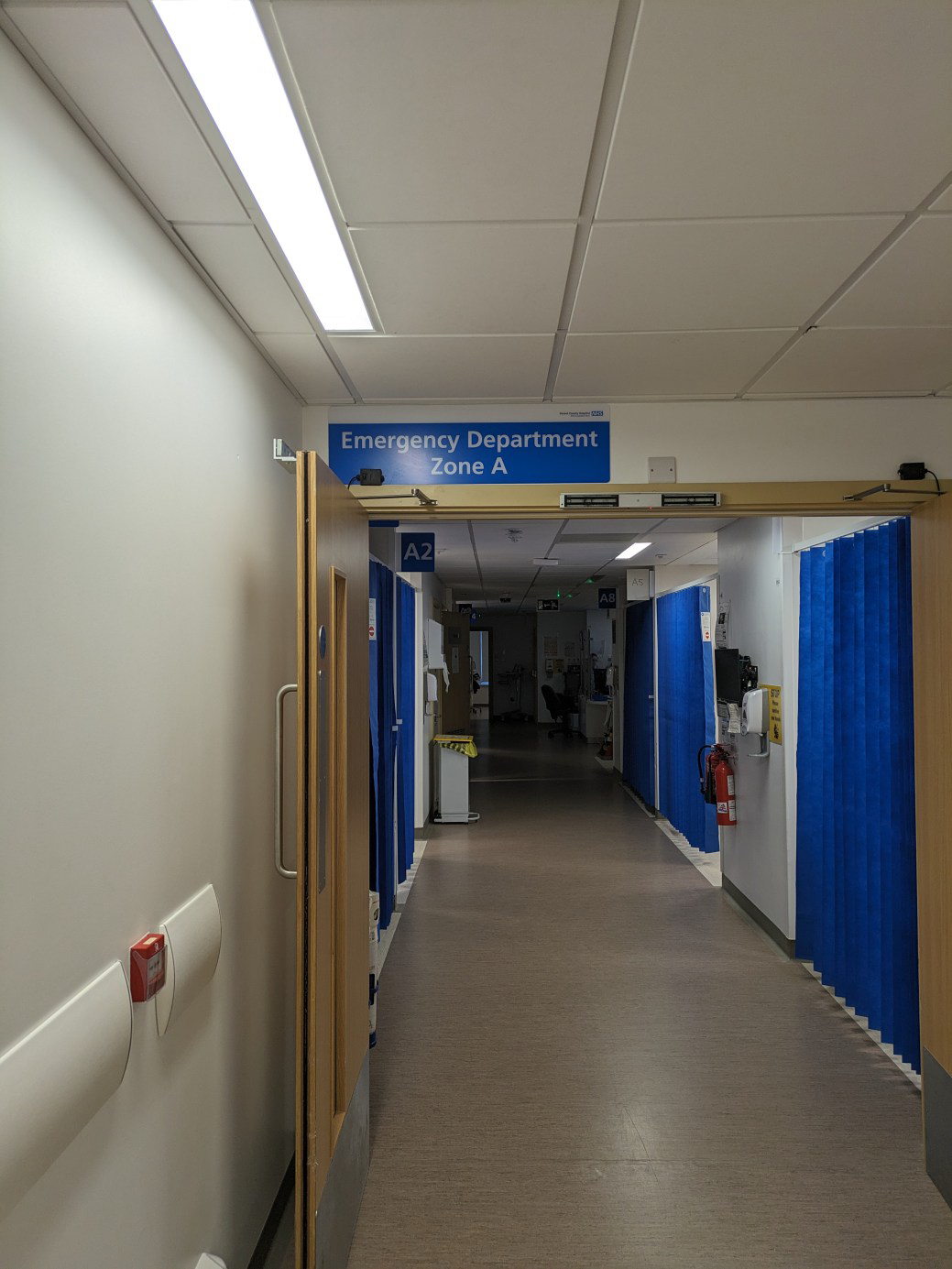
If you have to wait a long time for tests you may have to wait in the observation ward.
There is a water machine and accessible toilet in this area.
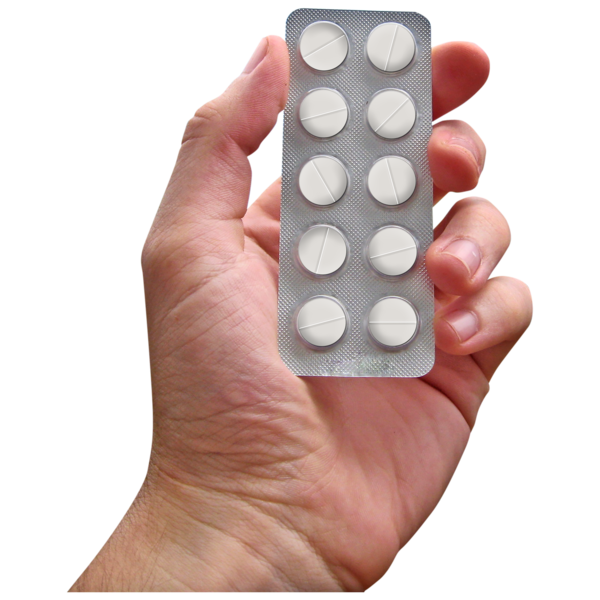
If you are well enough to go home, the nurse or doctor will talk to you about:
- Any medication you will need to take
- If you need to do anything to manage your condition
- If you need to see your GP or come back to hospital.
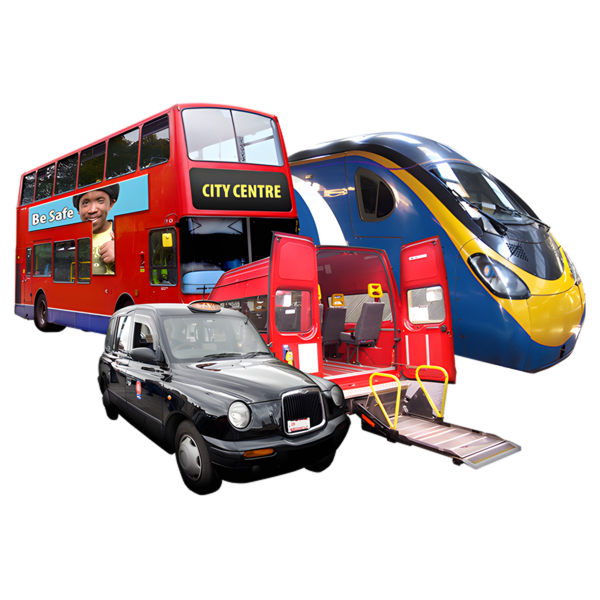
You will need to arrange your own transport home, even if you came in by ambulance.
Talk to the nurse if you need help to do this.
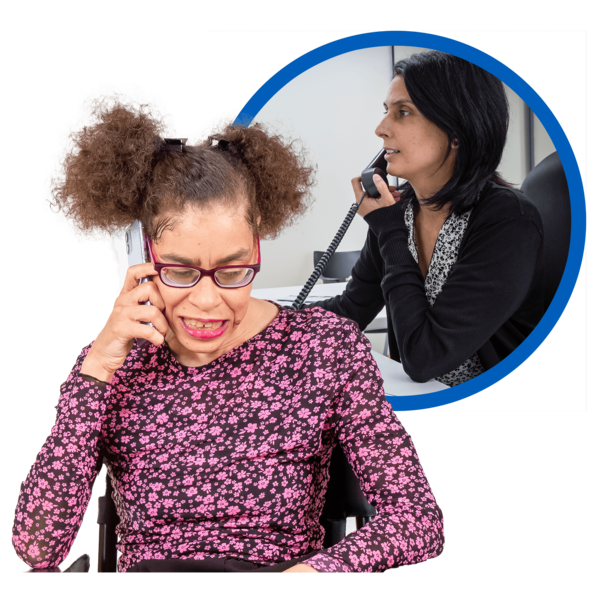
We hope that you have found this information useful.
If you have any questions or are worried about anything, please speak to your family doctor (GP) or the following Dorset County Hospital staff:
Emergency Department main reception: 01305 255541
Patient Experience team: 0800 7838058

About this leaflet
Author: Candi Sidey Learning Disability and Autism Acute Health Facilitator
Written: February 2024
Updated and approved: July 2025
Review date: July 2027
Edition: v3
If you have feedback regarding the accuracy of the information contained in this leaflet, or if you would like a list of references used to develop this leaflet, please email patientinformation.leaflets@dchft.nhs.uk
